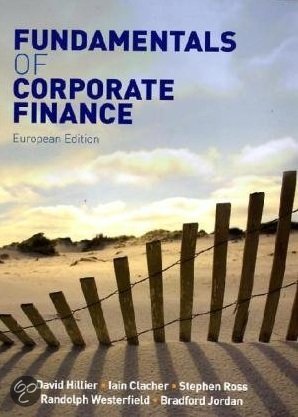Samenvatting
Samenvatting bedrijfseconomie hoofdstukken Hillier
- Vak
- Bedrijfseconomie
- Instelling
- Hogeschool Arnhem En Nijmegen (HAN)
Samenvatting van de belangrijkste leerstof en berekeningen van hoofdstukken 8, 9.1-9.4, 12, 19 en 20. De theoriehoofdstukken 19 en 20 zijn uitgebreider samengevat.
[Meer zien]





